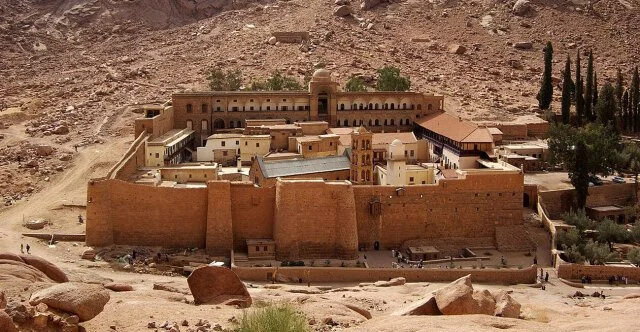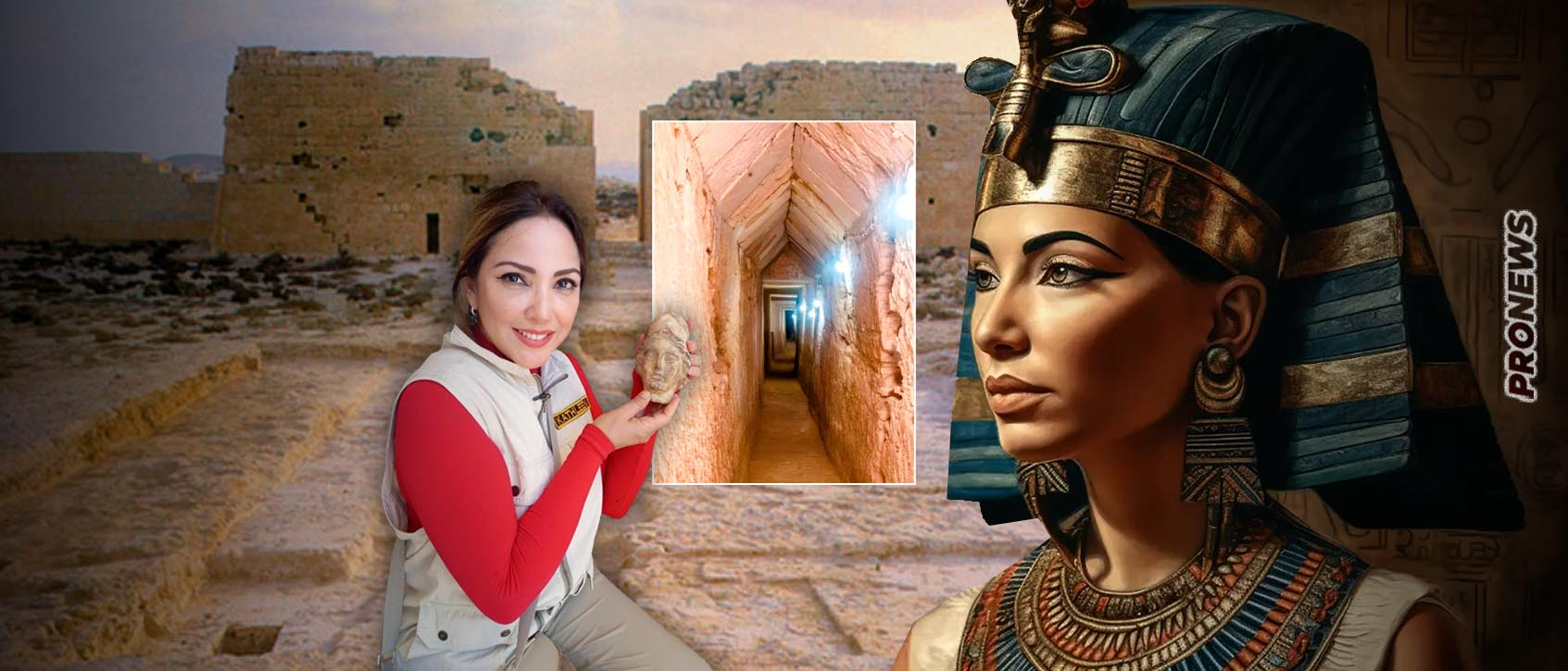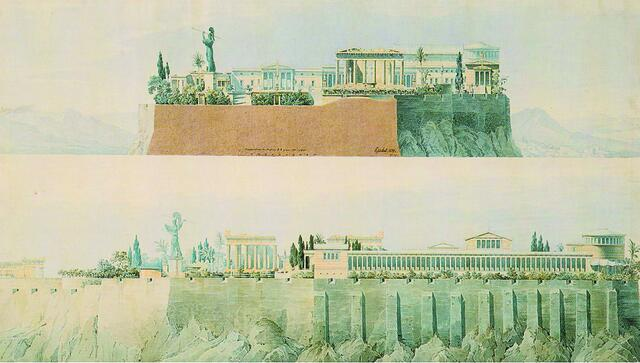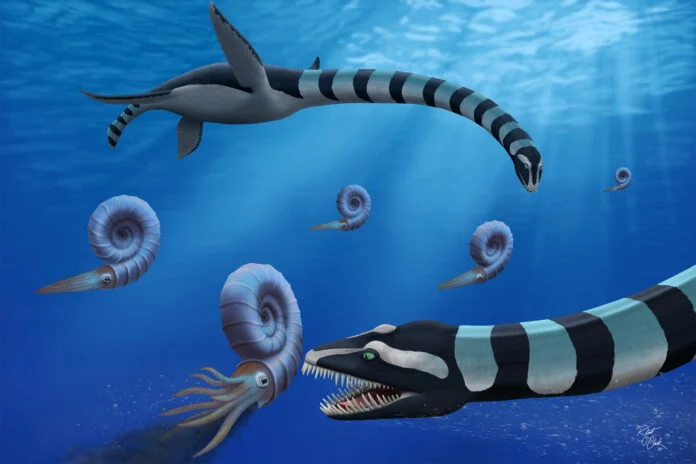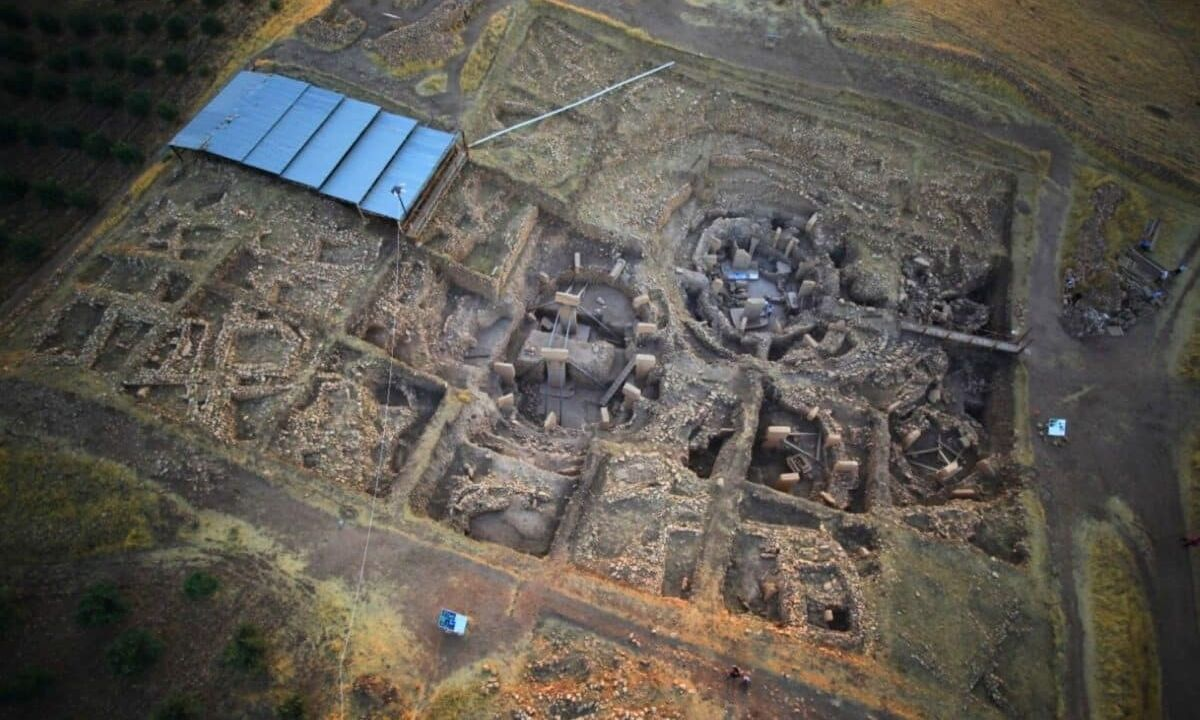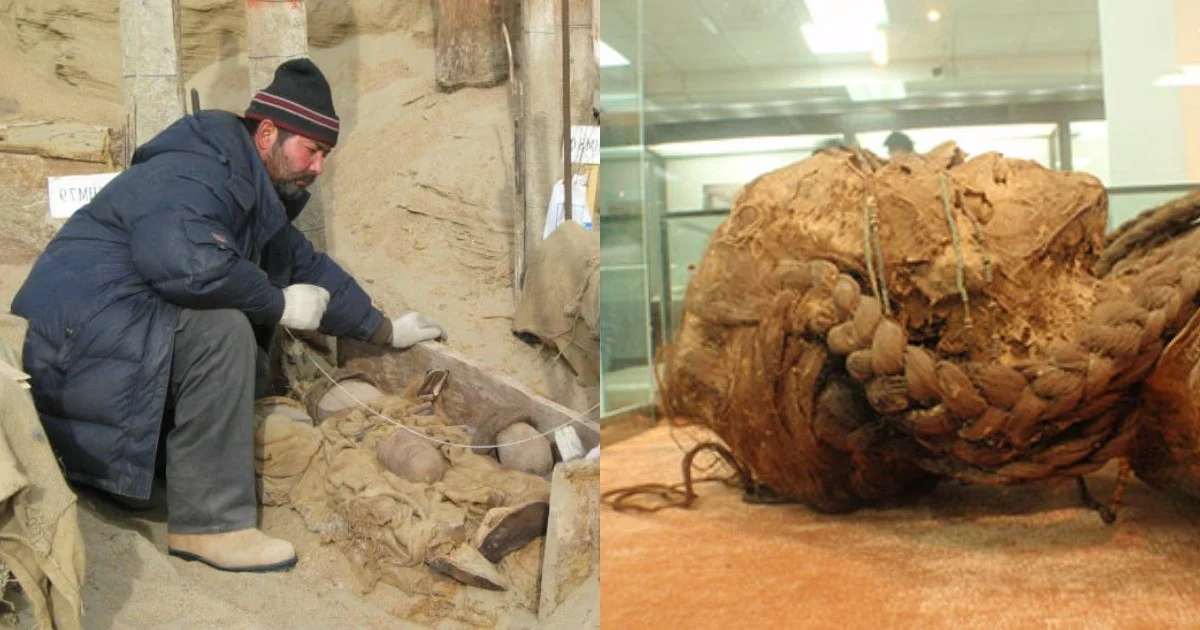The reconstruction of Tutankhamun's face as a modern man using facial re-imagining technology is indeed a fascinating and emotional development. This reconstruction aimed to provide a more accurate portrayal of what the ancient Egyptian pharaoh might have looked like in the present day.
The reimagining took into account various historical factors, including the knowledge that Tutankhamun was approximately 5'6" tall, rather thin, and had an overbite. Additionally, historical records indicate that he suffered from malaria and had a leg injury shortly before his untimely death in 1323 BC. This information was used to create a more detailed and realistic representation of the young pharaoh.
Archaeologists are still hunting down details on Tutankhamun, who was dug up 100 years ago (Image: Youtube/@Royalty Now Studios)
The effort to reconstruct Tutankhamun's appearance is part of ongoing research and exploration into the life and history of this iconic figure in ancient Egypt. The discovery of Tutankhamun's tomb in 1922 by an archaeological team has led to a wealth of knowledge about his reign and the artifacts buried with him.
The modern interpretation of Tutankhamun's face has moved viewers to tears, with many expressing their emotional reactions in comments. Some viewers were particularly touched by the fact that Tutankhamun was just a teenager when he ruled, and this reconstruction presents a more child-like and realistic view of the boy-king.
The third-from-last Egyptian emperor died young, but left an impact (Image: Youtube/@Royalty Now Studios)
It's important to note that while various virtual reconstructions of Tutankhamun's appearance have been created over the years, there are inherent limitations due to the state of the mummy's preserved tissues. CT studies can provide insights into the skeletal structure, but they cannot reveal the exact details of soft tissues in life. Nevertheless, this modern interpretation has made a significant impact and touched the hearts of many who appreciate the effort to bring this ancient pharaoh to life in a new way.




